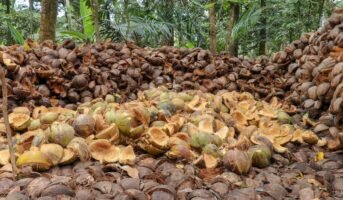Some flowers are a gardener’s delight simply because they have it all – the visual appeal, the exotic fragrance and the medicinal value. The legendary Jasmine flower, also known as Juhi, Malti and Chameli in India, falls in that category. Due to its intoxicating smell that fills our surroundings with a heavenly essence, the Jasmine flower is a common sight across India. Jasmine flowers are part of religious and wedding ceremonies. In South India, women wear gajras made of Jasmine flowers.
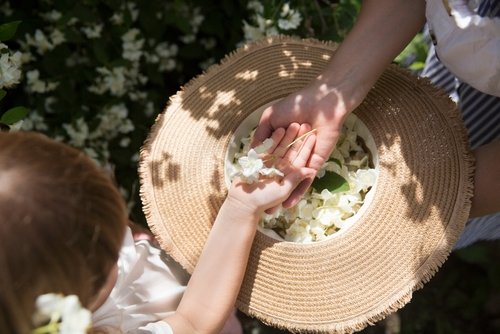
The Jasmine essence is used to make perfumes. Due to the medicinal properties of this flower and its essence, it is commonly used in beauty and healing products as well.

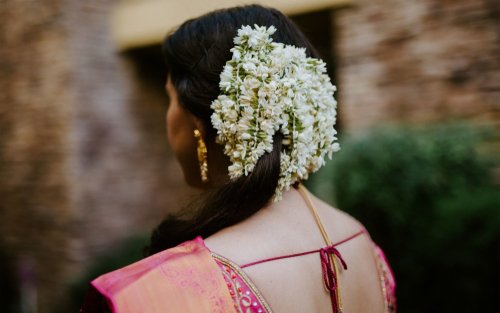

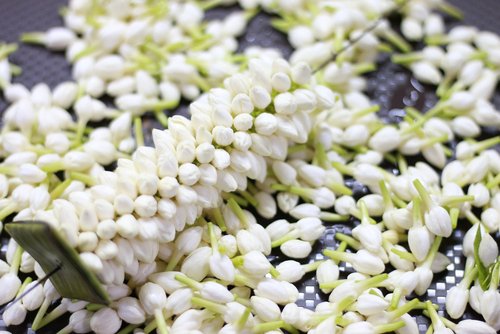
See also: Jasminum grandiflorum: Bring the Spanish jasmine to your home
Jasmine flowers: Quick facts
| Botanical name: Jasminum
Common name: Jasmine, Jessamine, Chameli, Malti, Juhi, Poet’s Jasmine Genus: Jasminum Family: Oleaceae Native: Southwestern and Southern Asia, mainly the Philippines, India, Myanmar and Sri Lanka Type: Vine, perennial Flowering season: Summer and fall (starts from March and lasts until July) Flower colours: White, light yellow, pink Soil: Well-drained Sun: Full sun to partial shade Water: Medium Maintenance: Medium Allergic: Yes |
Jasmine: Physical description
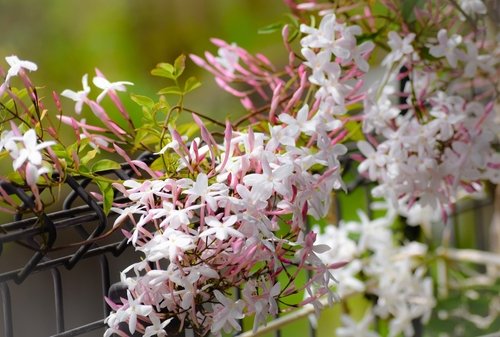
Cultivated worldwide as ornamentals, Jasmine comes from the genus, Jasminum, which has over 200 fragrant flowering shrubs and vines. It is the national flower of the Philippines and is found in a rich variety of shapes, sizes and colours. The name Jasmine is a derivative of the Persian word, Yasmin.
The small, pinwheel-like flowers with an overpowering essence are part of the dense, fast-growing, medium-sized shrub that responds well to pruning. The jasmine flower, which is the source of attar of jasmine used in the perfumery, has a powdery satin-like texture. A perennial plant that would continue to bloom year after year, the Jasmine plant has simple, ovate, dark green, small leaves.
Types of Jasmine
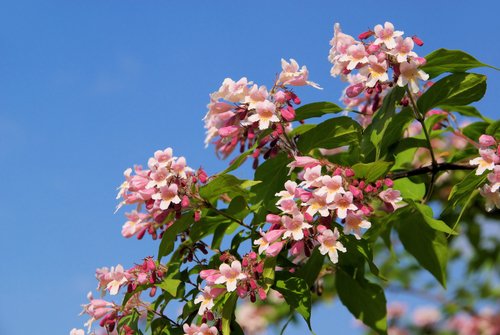
- Common Jasmine
- Arabian Jasmine
- White Jasmine
- Purple Jasmine
- Forest Jasmine
- Winter Jasmine
- Spanish Jasmine
- Angel Wing Jasmine
- Dwarf Jasmine
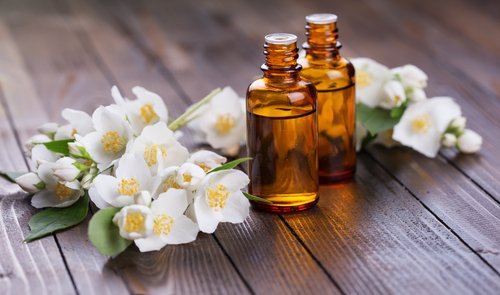
Read also: Why is cape jasmine a flower of choice across Indian homes?
How to plant and grow Jasmine?
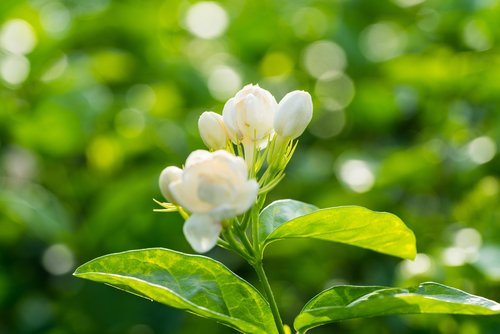
- Place the plant on the ground or in a deep container filled with well-draining fertile soil.
- Keep it in full sunlight to partial shade. The plant would require at least 6 hours of full sunlight.
- Water it regularly. Make sure you water it once the top one inch of the soil is dry.
- Make sure you prune it regularly.
- Feed a balanced liquid fertiliser during the growing season.
- Secure it from spider mites and aphids.
Note that only a few varieties of the jasmine plant can be reproduced by seed. Once cultivated, it does not bear seeds. The plant must be reproduced solely by cutting, layering and marcotting.
Jasmine: Use and benefits
Jasmine is found to be useful in:
- Liver diseases
- Pain due to liver scarring
- Abdominal pain due to severe diarrhoea
- Stroke
- Neutralising and purifying air
- Hair growth
- Antiseptics
- Muscle spasms
- Weight loss
- Menstruation pain
- Diabetes
- Preventing skin diseases
- Reducing stress
- Relaxation
- For mental alertness
- As an aphrodisiac
- Cancer treatment
- Aromatherapy
- Adding fragranceto creams, lotions, perfumes, soapsand beverages
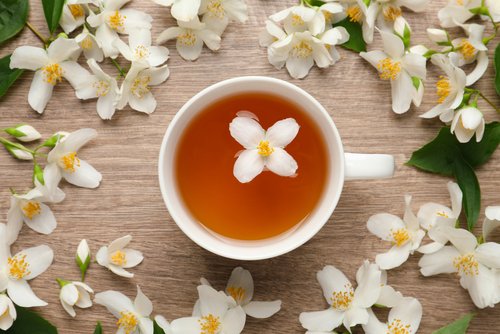
What are the benefits of Jasmine for liver disease?
Because of its well-known healing properties, Jasmine oil is used in medicines meant to cure liver disease (hepatitis), pain due to liver scarring (cirrhosis) and abdominal pain due to severe diarrhea (dysentery).
Can Jasmine help diarrheas patients?
Analgesic and antispasmodic properties of Jasmine help in managing stomach related disorders, including diarrheas.
Can Jasmine be used as a sedative?
The intensity of jasmine tea aroma has sedative effects on both autonomic nerve activity and mood states.
FAQs
When does the jasmine flower bloom?
Jasmine blooms in clusters from spring until fall. Even though flowering occurs throughout the year, the peak season starts in March and lasts till July.
Can jasmine grow indoors and outdoors?
Dwarf varieties of Jasmine can grow indoors, too. Outside, it is often propagated as a vine or shrub.
How long can a Jasmine plant live?
Jasmine can live from 15 to 20 years in the wild.
Is Jasmine allergic?
Yes, Jasmine may cause allergic reactions.

An alumna of the Indian Institute of Mass Communication, Dhenkanal, Sunita Mishra brings over 16 years of expertise to the fields of legal matters, financial insights, and property market trends. Recognised for her ability to elucidate complex topics, her articles serve as a go-to resource for home buyers navigating intricate subjects. Through her extensive career, she has been associated with esteemed organisations like the Financial Express, Hindustan Times, Network18, All India Radio, and Business Standard.
In addition to her professional accomplishments, Sunita holds an MA degree in Sanskrit, with a specialisation in Indian Philosophy, from Delhi University. Outside of her work schedule, she likes to unwind by practising Yoga, and pursues her passion for travel.
[email protected]





